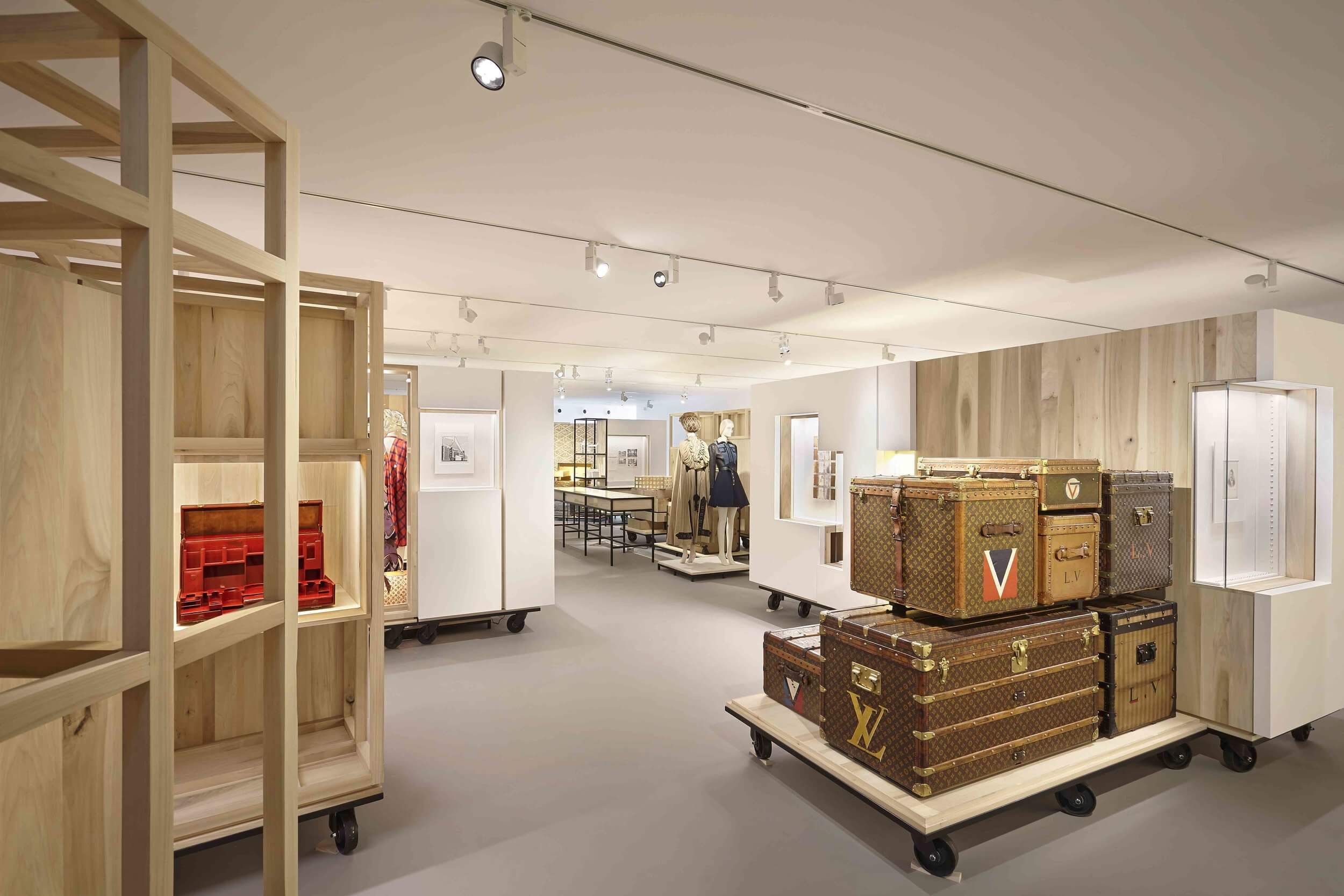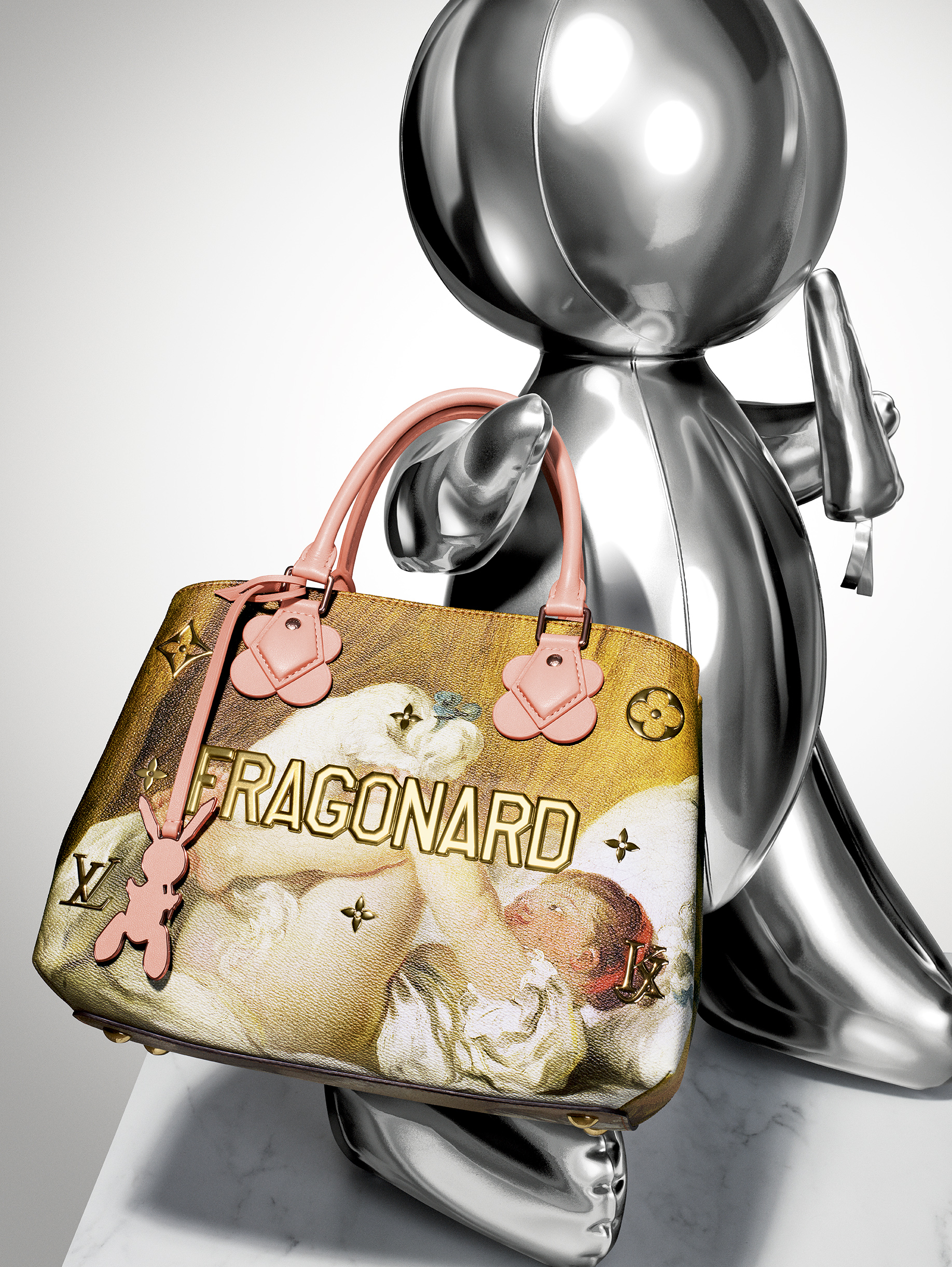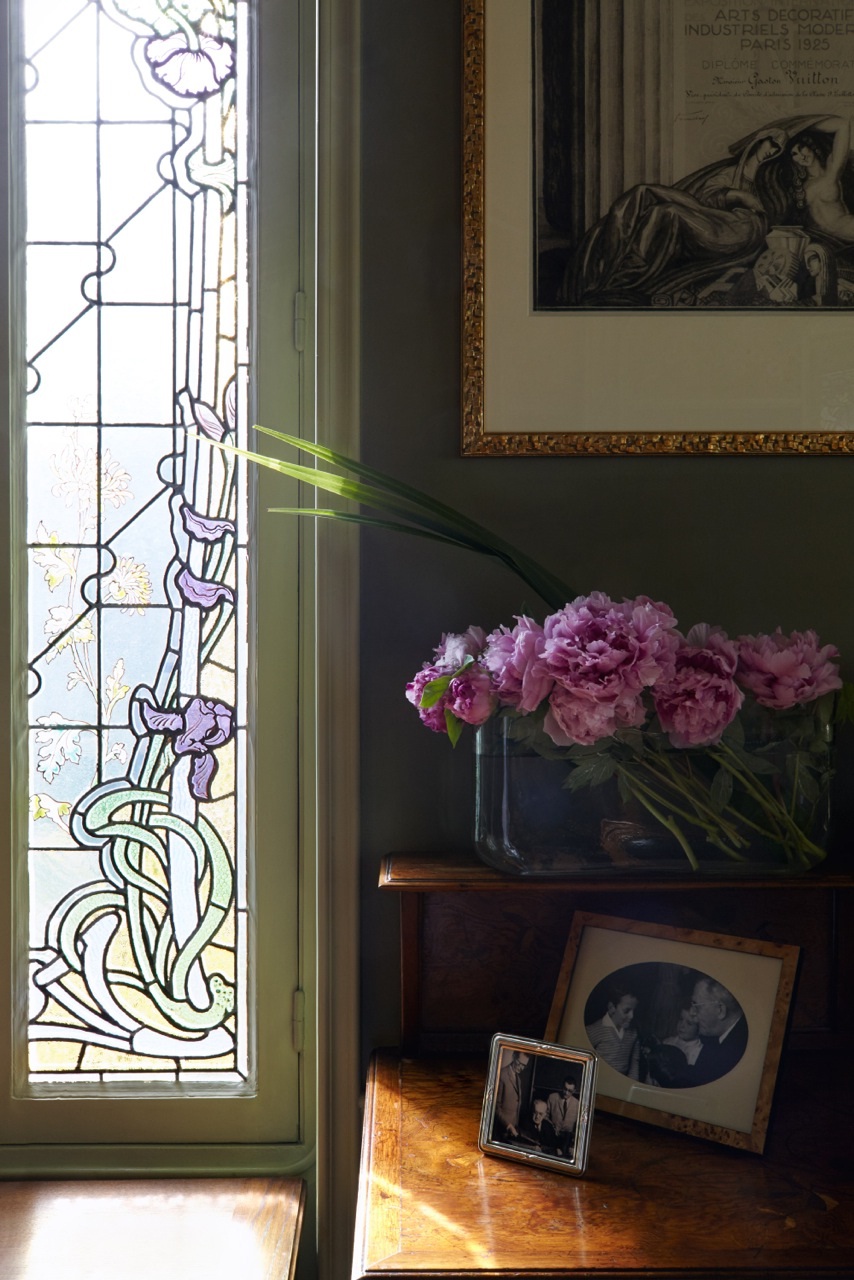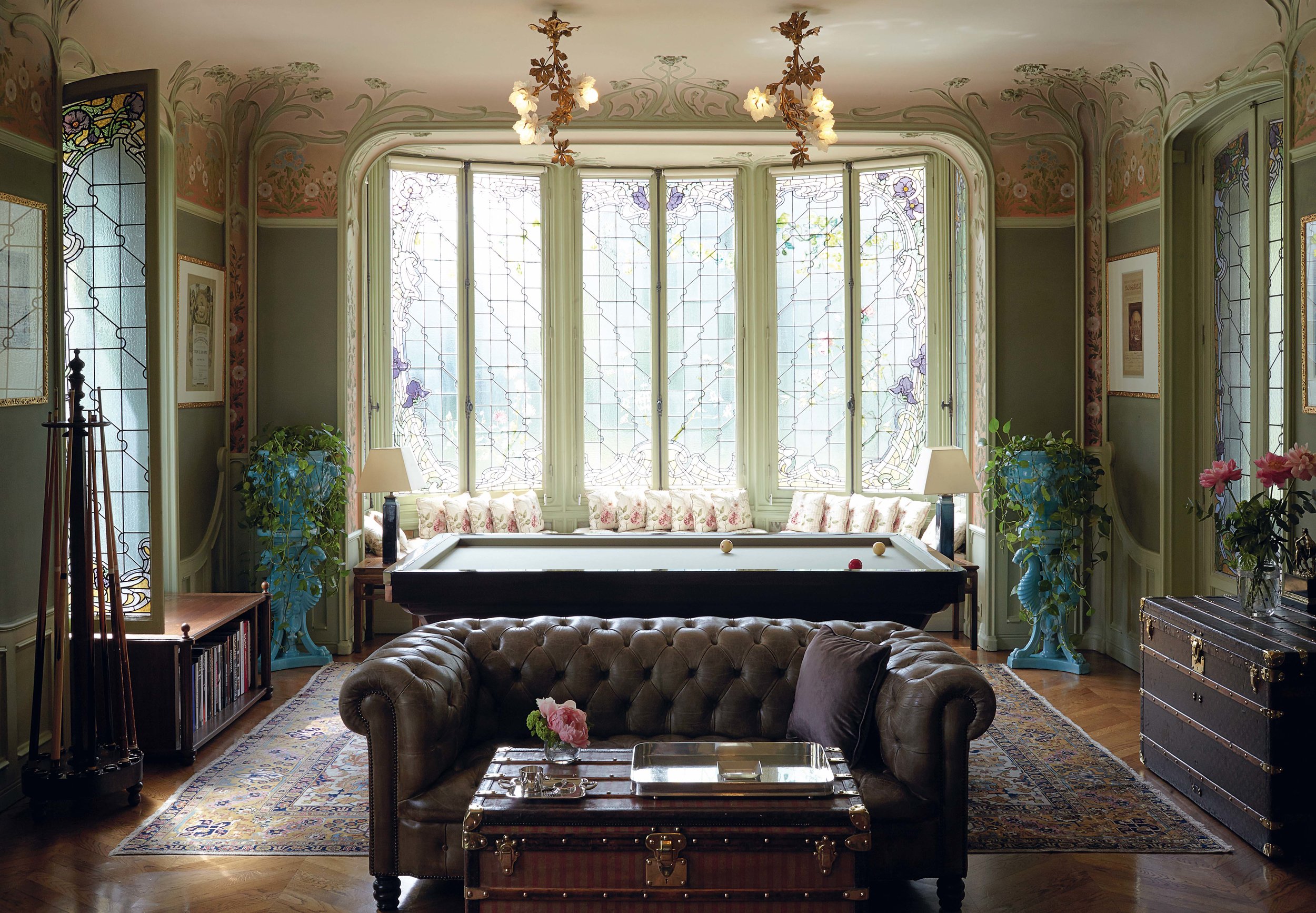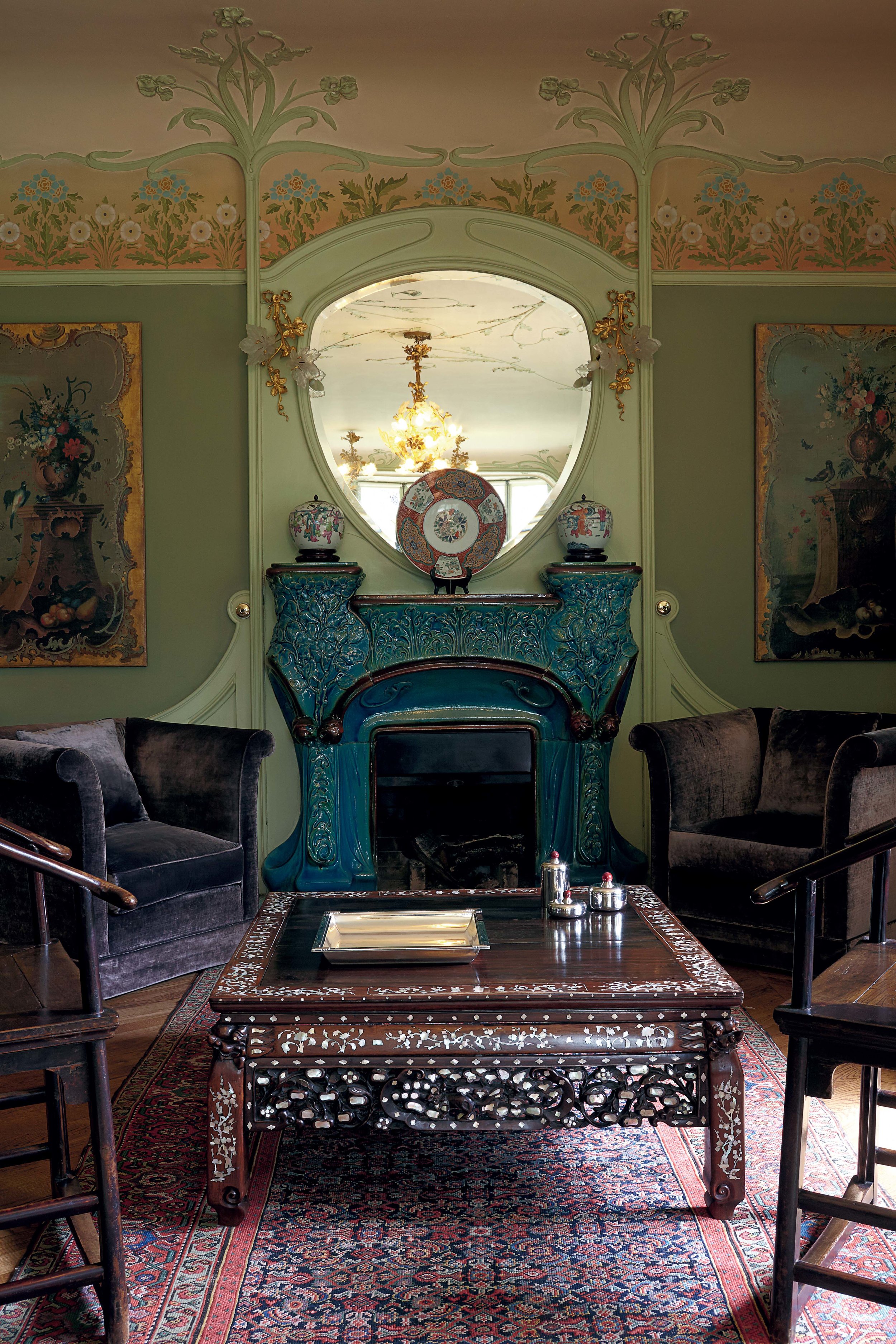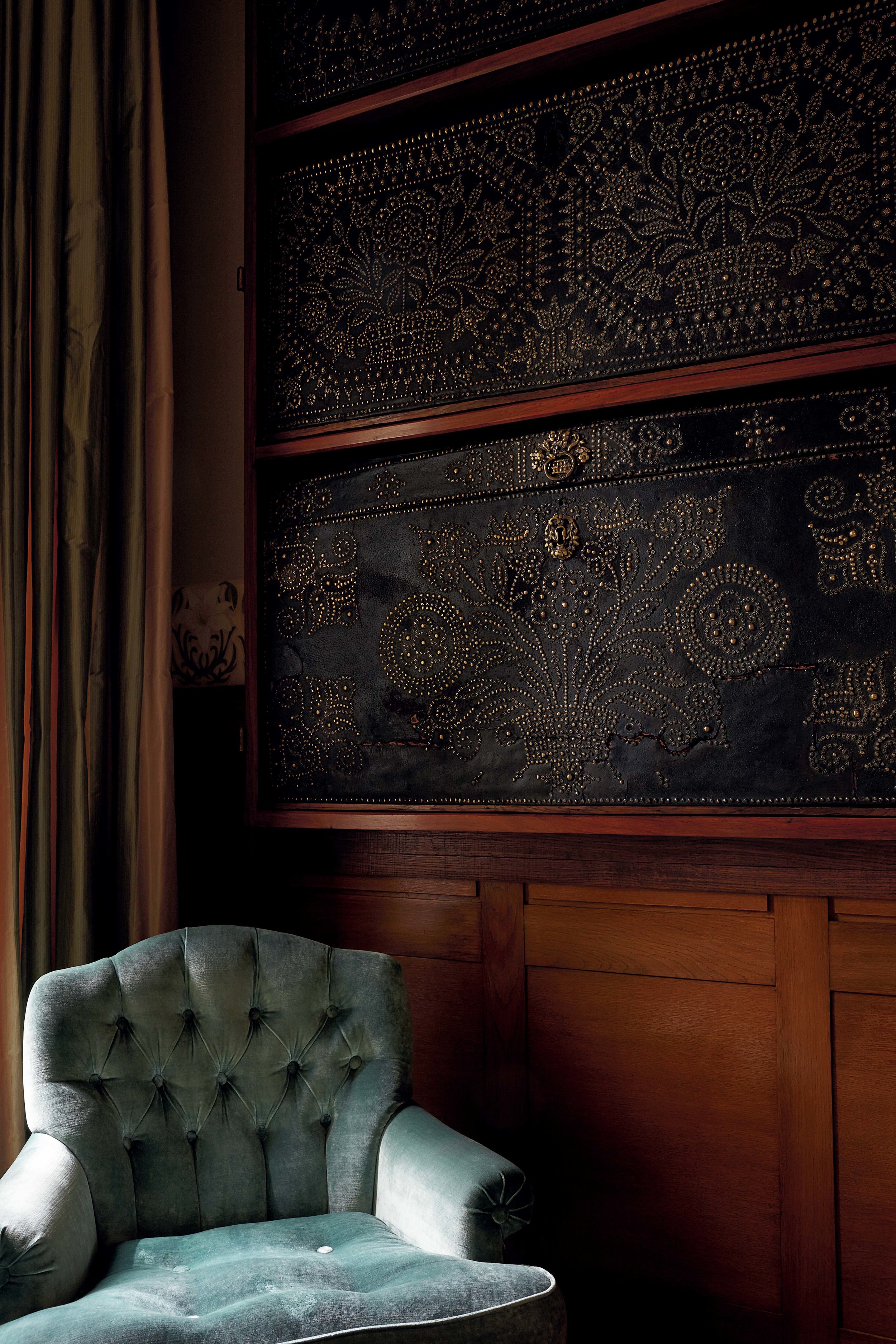Louis Vuitton's Innovations in a 'Time Capsule' Exhibition
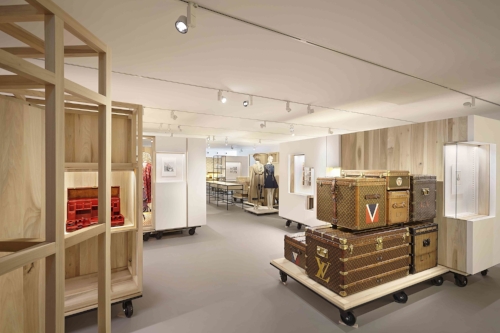
Louis VUitton's La Galerie in Asnières, France
Hot on the heels of its collaboration with Jeff Koons, who put works by old masters like Rembrandt, Leonardo da Vinci and Fragonard on the luxury brand’s handbags and leather accessories, Louis Vuitton is opening a new touring exhibition dedicated to retracing its key innovations in technology and design through a presentation of objects from the Louis Vuitton archives.
Time Capsule, opening at Statue Square Gardens in Hong Kong on April 22, will provide visitors with a visual timeline through landmark objects and includes a look back to consider what it really meant to travel in style in an age when journeys from Europe to Asia or Africa would take weeks if not months.
Each piece bears witness to the brand’s inventiveness in meeting its client’s needs, transporting valuable or treasured possessions wherever they went.
At a time when rail travel was just starting, Louis Vuitton was the first to design flat trunks that could be stacked easily. Made of wood and covered in a distinctive canvas known as “Trianon Grey,” the trunks quickly replaced bulkier iron hooped versions designed for the stagecoach era. So successful was the flat luggage range that other trunk makers began to copy the design, pushing the company to launch in 1896 its now-iconic monogrammed canvas with the graphic symbols of the quatrefoils and flowers. More innovations followed such as the five-lever, solid, pick-proof brass locks, the Steamer Bag (1901) that was originally designed as a laundry sack for steamship travel, and the famous Keepall Bag (1924), often seen as the forerunner to the duffel bag.
The exhibition will display many examples of made-to-order pieces that the company has designed over the years, such as the camp foldout bed originally designed for the Congo explorer Pierre Savorgnan de Brazza in the mid-19th century, and a traveling secretary desk designed for the American conductor Leopold Stokowski in 1930 (when opened, it reveals two shelves for books, three drawers for documents and musical scores, and a vertical compartment to store a typewriter).
Meanwhile in Paris, there is a rare opportunity right now to visit Louis Vuitton’s La Galerie, a private museum space in the company’s historic atelier in Asnières. (Visits will run until May 21 but are only available at weekends and they must be booked in advance via this website)
In 1859, five years after opening his business in Paris, Louis Vuitton moved his operations to what was then the small town of Asnières, located along the River Seine and close to the new train station, Gare Saint-Lazare. It was a strategic choice as it allowed the company to more easily receive and store its supply of poplar wood. Built using a glass-and-steel style popularized by Mr. Eiffel, the new factory also provided accommodation for the Vuitton family, who lived on the top floor, before building a bourgeois house in the grounds of the factory. The house was decorated in the Art Nouveau style and part remains intact, showcasing the work of the artisans from the Nancy School.
Drawing on the large archives, curator, Judith Clark has created La Galerie within a 6,500-square-foot space opened in 2015, bringing to life the creative dialogue between artisans and customers through 400 objects and documents, ranging from the couturier Paul Poiret’s trunk to items from the Vuitton family’s personal collection, such as a Keepall bag from 1930 that belonged to Gaston-Louis Vuitton along with some of his letters.
The scenography, a mix of display cabinets and wood planks on wheels, was inspired by a wood cube puzzle designed by Gaston-Louis Vuitton in the 1930s.
While the family home was vacated in 1964, around 200 people continue to work at Asnières, responsible for crafting the maison’s most exceptional pieces, including hard-sided trunks, items in rare and exotic skins, and all special orders.
